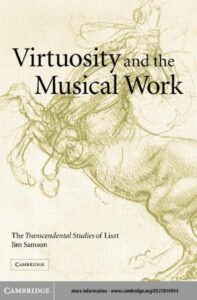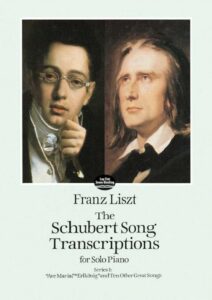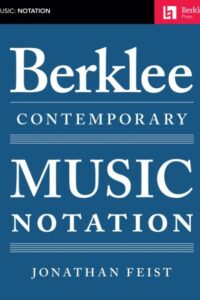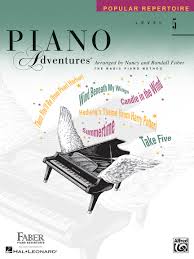Table of Contents
Come join us now, and enjoy playing your beloved music and browse through great scores of every level and styles!
Can’t find the songbook you’re looking for? Please, email us at: sheetmusiclibrarypdf@gmail.com We’d like to help you!
Liszt Liebestraum No 3 (Notturno Love Dream) EASY piano and Original sheet music Noten, partitura spartiti 楽譜 乐谱
Easy Piano arrangement
Best Sheet Music download from our Library.
Original
Please, subscribe to our Library.
If you are already a subscriber, please, check our NEW SCORES’ page every month for new sheet music. THANK YOU!

The Sigh of the Soul: Unraveling Liszt’s Liebestraum No. 3
Few melodies in the piano repertoire are as instantly recognizable, universally beloved, and yet profoundly evocative as the opening notes of Franz Liszt’s Liebestraum No. 3 in A-flat Major, “Notturno”. More than just a beautiful tune, this piece is a quintessential expression of Romantic longing, a dream of love rendered in cascading arpeggios and heart-stopping harmonies that continues to captivate audiences nearly two centuries after its creation.

Beyond the Solo Piano: A Song’s Transformation
Composed around 1850 and published as part of a set of three Liebesträume (Dreams of Love), the “Notturno” holds a unique position. It wasn’t born solely for the keyboard. Liszt, the unparalleled virtuoso and visionary, initially wrote all three Liebesträume as songs for voice and piano, setting passionate poems by Ludwig Uhland and Ferdinand Freiligrath. The third, and by far the most famous, sets Freiligrath’s “O lieb, so lang du lieben kannst” (O love, as long as you can love!). The poem speaks of love’s urgency, its transcendence over death, and the enduring nature of true affection even beyond the grave.
Liszt, ever the innovator, then transformed these lieder into solo piano pieces – not mere transcriptions, but re-imaginings. The piano version of Liebestraum No. 3 transcends the limitations of the voice, using the instrument’s full capabilities to express the poem’s sentiments with orchestral richness and intimate delicacy.

The Architecture of a Dream: Form and Feeling
The piece is structured in a modified ABA’ (Ternary) form, perfectly suited to its narrative of love, loss, and transcendent memory.
- A Section (A-flat Major): This is the heart of the dream – tender, lyrical, and achingly beautiful. The famous melody floats above a gently undulating, harp-like accompaniment of broken chords. Liszt marks it “Molto cantabile, con intimo sentimento” (Very songlike, with intimate feeling). The melody itself is a sigh, a gentle ascent and descent, expressing pure, serene adoration. The harmony, though rooted in warm A-flat major, is constantly enriched with lush chromaticism and expressive appoggiaturas (leaning notes) that create moments of sweet tension and release.
- B Section (F Minor – F# Minor – E Major): The dream darkens. The key shifts dramatically to F minor, then through restless modulations (F# minor, E major). The texture thickens, the dynamics swell, and the melody becomes more impassioned and declamatory. This central section embodies the poem’s turmoil – the fear of loss, the pain of separation, perhaps even a confrontation with mortality. Liszt unleashes the piano’s power here, with dramatic octaves and denser chords, yet the underlying pulse remains that of a deeply felt song.
- A’ Section (Return to A-flat Major): The storm passes, but not without transformation. The main melody returns, now adorned with even more elaborate, shimmering filigree – delicate runs and trills that cascade around the theme like tears or starlight. This isn’t mere repetition; it’s a memory, tinged with the experience of the B section. The love is remembered, perhaps mourned, but ultimately affirmed as something eternal and beautiful. The passion of the central section lingers in the ornamentation, adding depth and poignancy to the reprise.
- The Cadenza and Coda: Following the final statement of the theme, Liszt inserts a breathtaking cadenza. This isn’t just virtuosic display (though it requires immense control); it’s an emotional outpouring, a final, ecstatic sigh before the resolution. The coda gently descends back to earth, ending with serene, bell-like chords in the high register, fading into silence – the dream dissolving.

The Essence of the “Notturno”
The designation “Notturno” (Nocturne) is crucial. It places the piece in the tradition of night pieces – intimate, reflective, often melancholic or dreamy. Liszt’s Liebestraum No. 3 perfectly captures this nocturnal atmosphere. It’s music for quiet contemplation, evoking moonlit reverie and the inward gaze of the soul. While associated with romantic love, its emotional scope is broader. It speaks of idealized love, nostalgia, the beauty of memory, and the bittersweet acceptance of transience.

Enduring Legacy: Beauty Beyond Cliché
Its immense popularity has, unfortunately, sometimes led to its dismissal as mere salon music or a vehicle for superficial virtuosity. This is a profound misjudgment. Beneath its accessible surface lies immense sophistication:
- Harmonic Genius: Liszt’s chromatic language constantly enriches the simple harmonic skeleton, creating waves of tension and color that are deeply affecting.
- Textural Mastery: The interplay between the singing melody and the fluid, often orchestral, accompaniment is perfectly judged, creating both intimacy and grandeur.
- Poetic Synthesis: It masterfully translates the essence of Freiligrath’s poem into pure musical emotion, achieving a synthesis of literature and sound.

Liszt’s Liebestraum No. 3, “Notturno,” is more than a pretty tune. It is a miniature tone poem for the piano, a masterclass in Romantic expression. It captures the very essence of the Liebestraum – the dream of love in all its idealized, passionate, and ultimately poignant beauty. From its tender opening sigh to its virtuosic cadenza and serene close, it remains an unparalleled musical sigh of the soul, a testament to Liszt’s ability to make the piano sing, weep, and dream with unmatched eloquence. Its power lies not just in its melody, but in its profound ability to resonate with the universal human experiences of love, longing, and the enduring power of memory. It is, truly, a dream of love made sound.

Browse in the Library:
Or browse in the categories menus & download the Library Catalog PDF:
